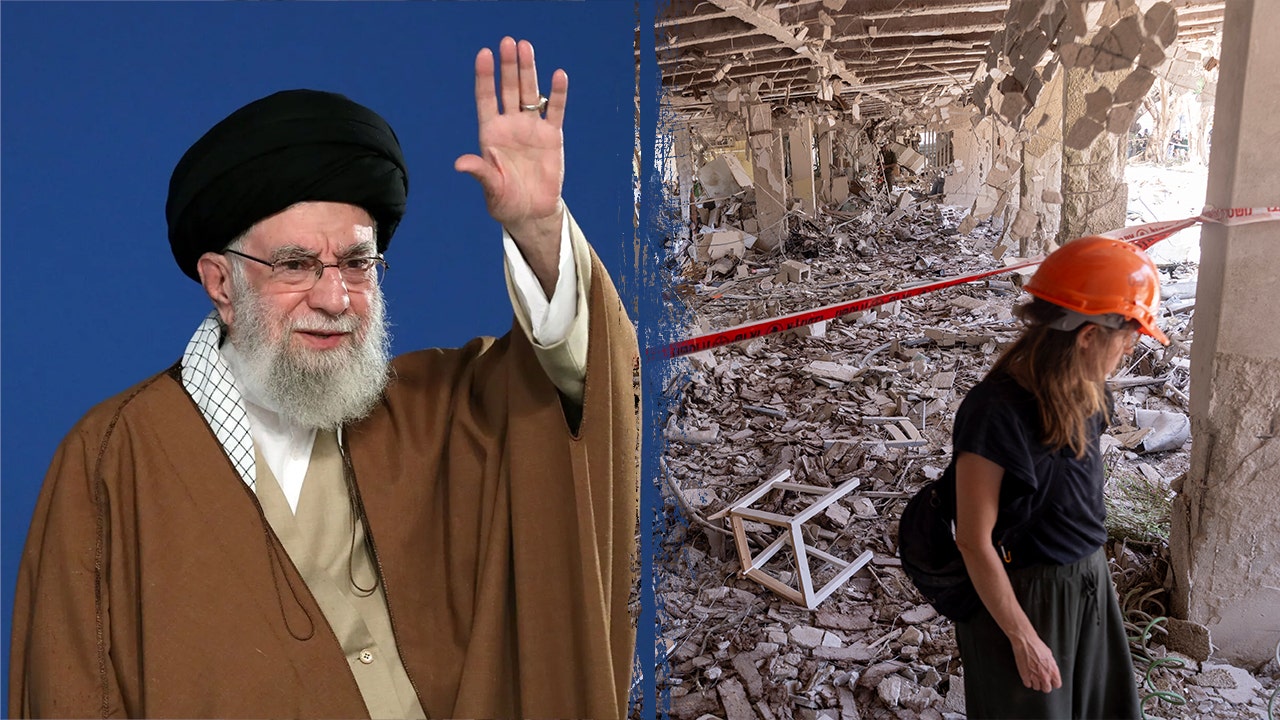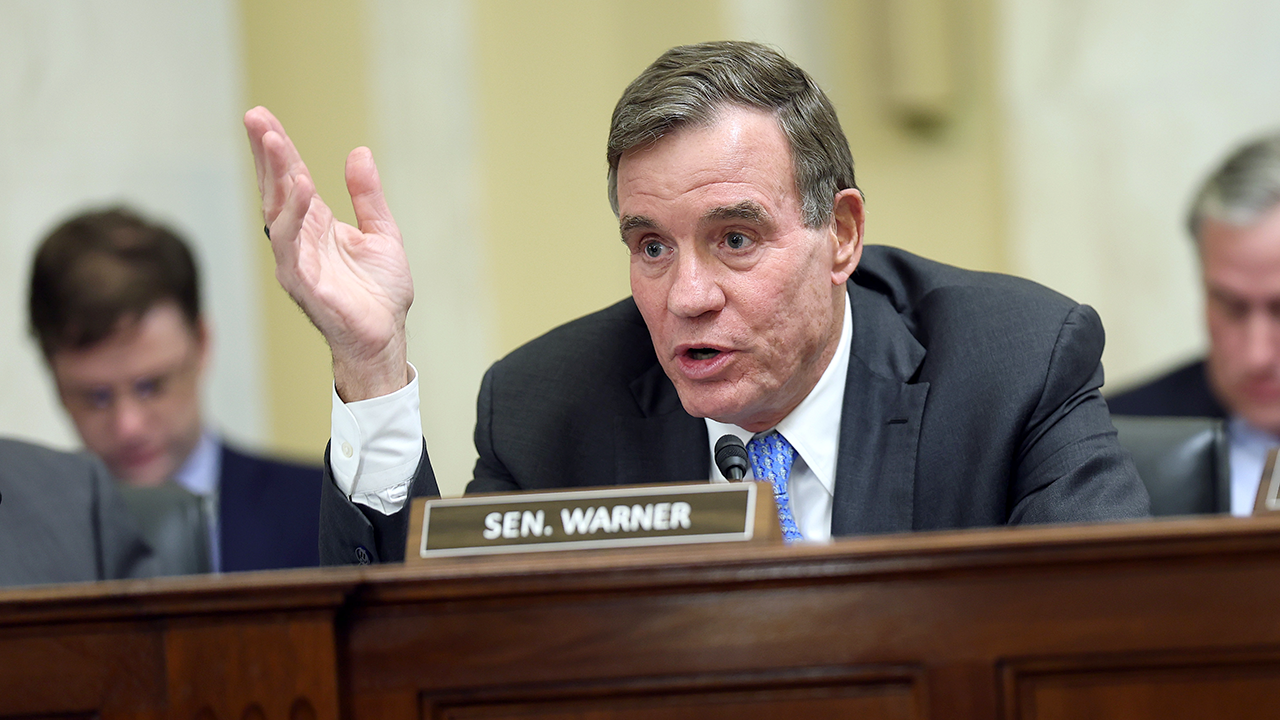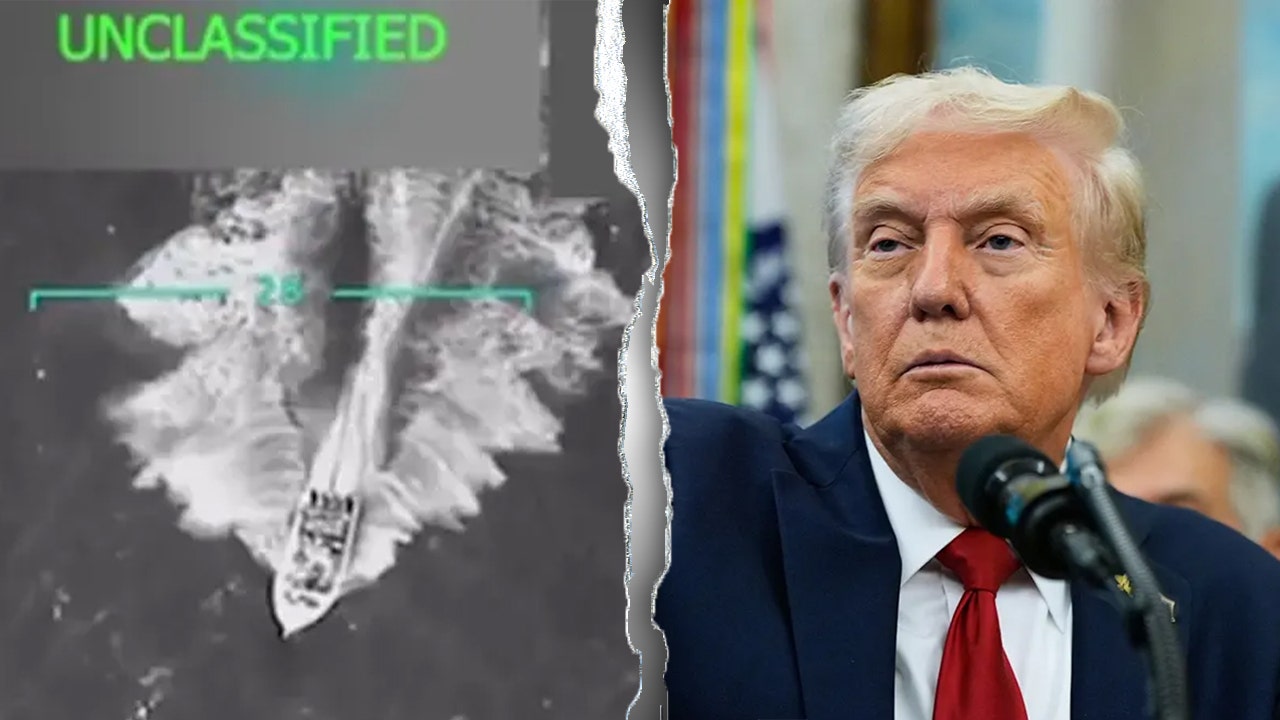Iran’s missile arsenal diminished but remains Middle East’s largest: experts

Iran has been issuing warnings to the United States and Israel, claiming that it has the capability to sustain daily missile strikes for two years. Despite a fragile ceasefire, Iranian officials continue to assert their readiness and strength. Major General Ebrahim Jabbari of the Islamic Revolutionary Guard Corps (IRGC) stated that Iran’s armed forces are at their peak readiness and have yet to showcase the majority of their defense capabilities and effective missiles. He also mentioned the vast warehouses, underground missile bases, and facilities that Iran possesses, emphasizing that they have the capacity to launch missiles daily for two years in the event of a war with Israel and the U.S.
Furthermore, Maj. Gen. Yahya Rahim Safavi, a senior military advisor to Supreme Leader Ayatollah Ali Khamenei, reiterated the warning by stating that some of Iran’s forces, such as the Navy and the Quds Force, have not yet entered into battle. He highlighted that Iran has produced several thousand missiles and drones, securing their place in the military arsenal. However, intelligence analysis contradicts Iran’s claims, suggesting that the country has suffered significant losses in its missile arsenal.
At the beginning of the conflict, Iran had around 3,000 missiles and 500 to 600 missile launchers, but by the end of the “12-Day War,” the numbers had decreased to approximately 1,000 to 1,500 missiles and 150 to 200 launchers. Israeli attacks targeted Iran’s missile factories and production facilities, leading to a depletion of their missile stockpile. Replacing the missile launchers will be a challenging task for Iran due to the extensive damage caused by the attacks.
While Iran has boasted about its ability to strike the U.S. directly, analysts believe that the threat is limited. The potential for a retaliatory strike would likely focus on U.S. assets and personnel in the Middle East rather than a direct attack on the U.S. homeland. Iran’s collaboration with Venezuela has been cited as a possible avenue for an attack on the U.S., but the feasibility of such an operation remains uncertain.
Despite Iran’s claims of military prowess, experts agree that its capabilities have been significantly curtailed by recent conflicts. The country’s proxies, such as the Houthi rebels in Yemen, remain a potent force, with Chinese satellite support enhancing their targeting capabilities. The ongoing regional tensions and threats posed by Iran’s proxies continue to keep the region on edge.
In conclusion, while Iran may still pose a threat to regional stability, its ability to launch sustained, high-volume attacks has been diminished. The recent conflicts have exposed vulnerabilities in Iran’s military capabilities, showcasing the limitations of its arsenal. As the region remains on alert, the balance of power continues to shift, highlighting the complexities of the geopolitical landscape in the Middle East.




